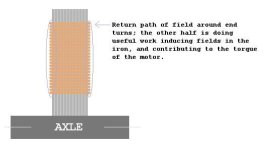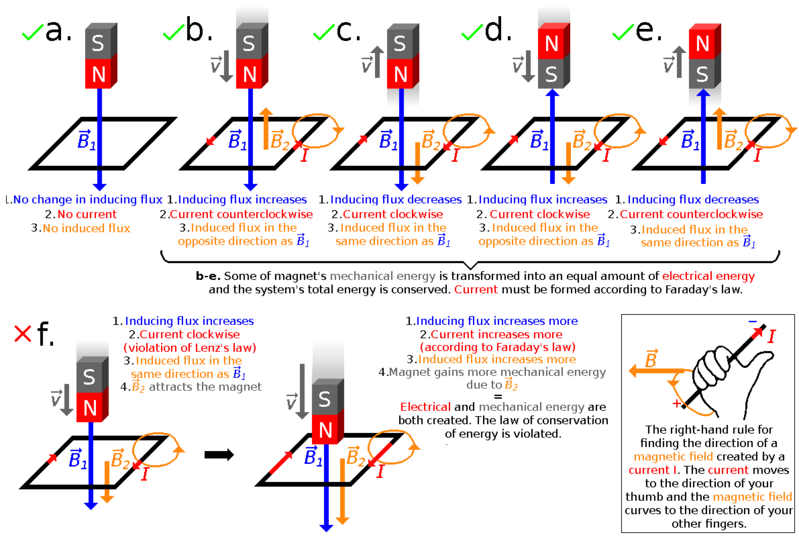major said:
Definition of end-turns and active (effective) conductor length.
MotorCoilEndTurns.png
MotorCoilEndTurns2.png
If our motors were like that textbook simple wire loop example, those definitions are clear, but nobody manufactures or uses motors like that.
But the motors we use look more like this (except there are many more smaller loops each side, and they are turned through 90 degrees)
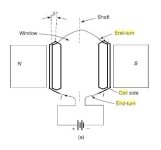
Now the definition of which bits of wire outside the plane of the magnets constitutes "end turns" is less simple.
In the version I've shown above, the ends of the smaller loops should be considered end turns, as in a purely Lorentz force motor like that, they contribute little or nothing to torque.
But then, the simple text book motor produces little or no torque anyway; even if you add many (large) loops of wire:
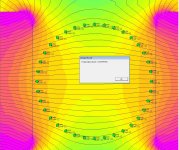
The popup shows the results of running an integration to calculate the total Lorentz force acting on all 18 loops of conductor, with 25Aamps running through each, and reads: "Torque about (0,0): -0.24299 N*m"
And that is with the loops oriented at it most favorable position.
Now let's go back to my modified simple loop diagram. (Again, the smaller loops are orient wrong in the diagram, but it serves the purpose.)

I'm sure I don't need to produce a simulation to show that the Lorentz forces generated by 2 of the 3 conductors on one side of the motor, exactly cancel each other. And no matter how many smaller loops (turns around stator teeth), you added, you would never increase the torque due to Lorentz forces, because each loop would self cancel.
There is simply no point in adding coils to a pure Lorentz force motor design.
And yet, every BLDC motor produced today has many coils containing many turns; and motors of a similar scale to that I simulated above are producing hundreds of Newton.meters of torque, not the derisory 1/4 Nm the pure Lorentz force motor above produces.
(And that's using 250,000 mm^3 of N52 neodymium magnets; which is probably more than one of Luke/John's HubMonster motors contain.)
The motors we use outside of text books do not create their torque using Lorentz force; and those textbook diagrams and calculations are not applicable.
The motors we use have much more complex topology, and far more complex and contained magnetic circuits. Something like this (simulated on a similar 100mm diameter scale to the wire loop motor simulation above):
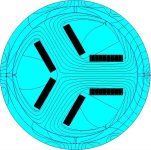


![ATTACH]](/sphere/proxy.php?image=http%3A%2F%2F%5BATTACH+type%3D%22full%22+alt%3D%22IMG_20180310_162112.jpg%22%5D229980._xfImport%5B%2FATTACH%5D&hash=9d3138cc256c3e76bc630b9e7b783727)




